
Pharmacists are encouraged to work closely with health care providers to ensure appropriate use of high-cost Intravenous immunoglobulin (IVIG) therapy for BK nephropathy.

Pharmacists are encouraged to work closely with health care providers to ensure appropriate use of high-cost Intravenous immunoglobulin (IVIG) therapy for BK nephropathy.
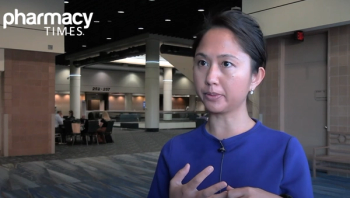
The 2025 GOLD Report emphasizes the importance of tailoring combination treatments based on patient factors like eosinophil counts and exacerbation history.
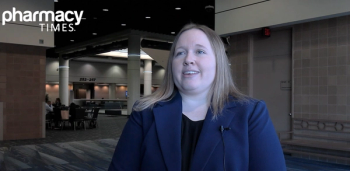
Pharmacists can optimize IVIG treatment for BK nephropathy in kidney transplant recipients by educating providers and monitoring for infusion reactions.
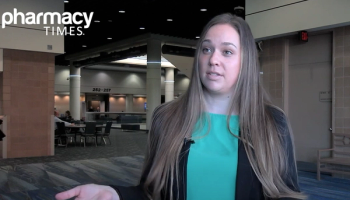
Pharmacists are essential in preventing the significant health and economic burden of respiratory syncytial virus (RSV) infections in older adults through vaccination.
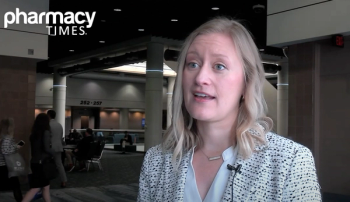
Pharmacists identify appropriate patients for new oral and antibody drug conjugate treatments and provide counseling to help patients navigate the evolving treatment landscape.
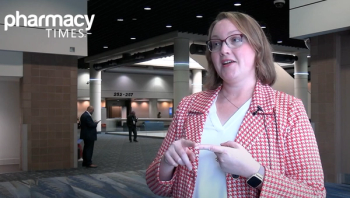
Compounding pharmacies play a vital role in meeting the unique needs of patients, but pharmacists must adhere to strict safety standards and regulations.
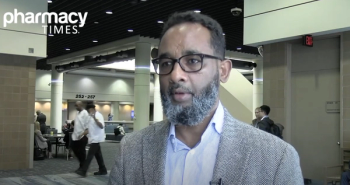
The evolving regulatory policies around biosimilar interchangeability is crucial for driving successful biosimilar adoption in the marketplace.
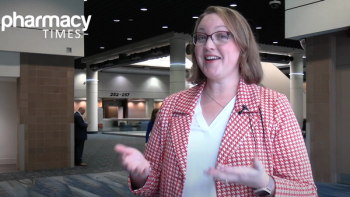
Pharmacy errors can happen due to manual processes, but they can be mitigated through adoption of automated IV workflow technology and comprehensive compounding records.
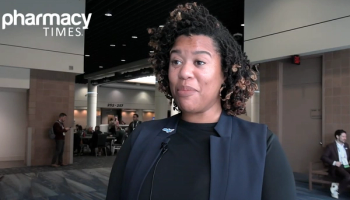
Standardizing observational competencies and utilizing technology to improve compounding accuracy can ensure safety and quality of compounded medications.
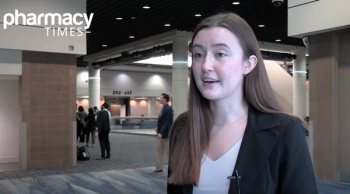
Food insecurity in rural communities can affect hypertension, but pharmacists can mitigate the impact by educating themselves on nutrition options for low-income individuals.
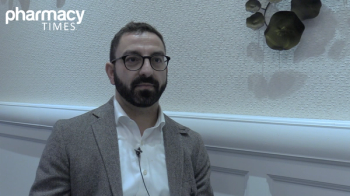
Firas El Chaer, MD, discusses newly-presented data at ASH demonstrating nuvisertib's effectiveness in myelofibrosis.
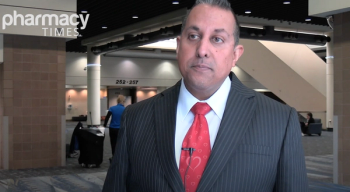
Snehal Bhatt discusess the need to individualize antiplatelet therapy decisions based on a comprehensive assessment of each patient's unique risk factors for thrombosis and bleeding.

Obesity is associated with increased distant recurrence and breast cancer mortality in all types of early-stage breast cancer.
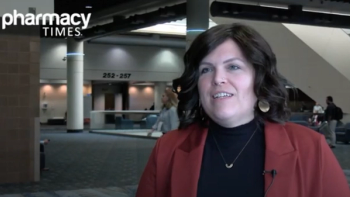
Rural pharmacies and hospitals face unique challenges in maintaining adequate staffing and drug supply inventory to serve patients who often travel long distance.

AI-powered analysis of mammography images can identify women at high long-term risk of breast cancer, enabling targeted prevention strategies.

Adding anthracyclines to chemotherapy may improve survival in high-risk breast cancer patients.
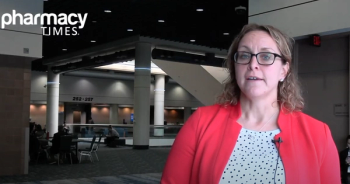
Pharmacists can make a significant impact by providing medication management, promoting nonpharmacologic approaches, supporting patients through life transitions.
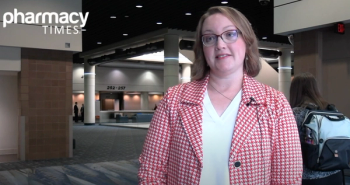
Daily operational tasks and quality assurance measures in pharmacy compounding ensures patient safety and maintains compliance.

Ira Zackon, MD, explains where future research lies regarding the implementation of bispecific antibodies in community oncology settings.

The novel camizestrant-ribociclib combination demonstrated encouraging data in advanced, pre-treated ER+/HER2- breast cancer.

Breast cancer prevention vaccines could have significant positive societal impact by reducing cancer diagnoses.

Pharmacists can help drive the successful adoption of biosimilars by developing educational programs to address provider and patient concerns.

The combination of elacestrant and abemaciclib showed promising 8.7-month progression-free survival in ER+, HER2- advanced breast cancer, including in patients with ESR1 mutations.
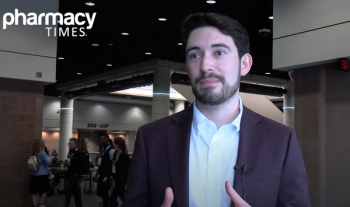
Pharmacists are crucial skin care experts and should counsel patients on the importance of adjunct therapies like moisturizers and sunscreen when using certain medications.

The assessment of tumor-infiltrating lymphocytes can provide valuable insights to guide personalized treatment decisions for breast cancer patients.

Both risk-reducing mastectomy and salpingo-oophorectomy were associated with significant improvements among young BRCA carriers with breast cancer.

Assessing pre-treatment TIL levels in young breast cancer patients could help predict response to neoadjuvant chemotherapy.

Rural patients face significant barriers to health care access and affordability that contribute to poor hypertension management.

Komal Jhaveri MD, FACP, shares that the combination of imlunestrant plus abemaciclib further improved progression-free survival compared to imlunestrant alone.

Dose rounding within an acceptable range can provide cost savings and minimize waste, but requires careful interprofessional collaboration and patient education.